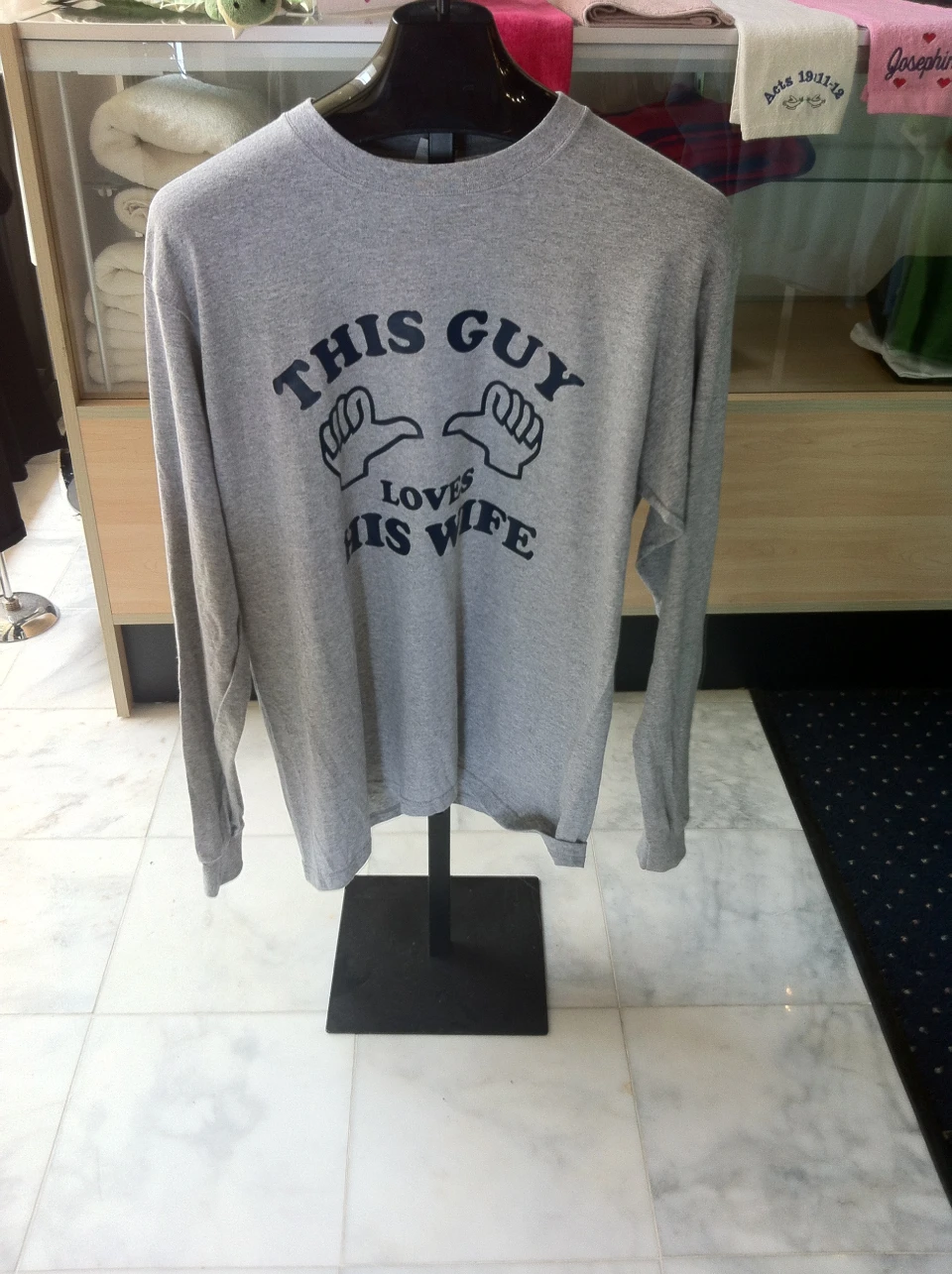The Art of Personalized Embroidery: Unlocking the Tricks to Creating Special and Memorable Layouts
Embroidery, a craft steeped in tradition and virtuosity, holds within its intricate stitches the power to change fabric into a canvas of unique expression. The secrets to developing personalized needlework designs that captivate the eye and leave an enduring impact hinge on a fragile equilibrium of strategy, imagination, and attention to detail. As we look into the world of customized embroidery, we discover the nuanced interplay in between string option, sew complexity, and style personalization that boosts a plain garment to a job of art. Join us on a trip with the art of custom needlework as we untangle the secrets behind crafting really remarkable and distinctive developments.
Picking the Right Needlework Threads
When selecting embroidery threads, what key aspects should you consider to make certain the most effective results for your personalized layouts? The choice of embroidery string is important in establishing the final result of your embroidered layout. One of the main considerations is the material of the string. Various materials such as cotton, polyester, rayon, and silk supply differing levels of luster, durability, and texture. It is necessary to pick a thread product that matches the textile you are embroidering on and straightens with the desired look of the style.
Thicker threads can include dimension and texture to your layout, while finer threads are suitable for complex details and small message. Additionally, considering the shade fastness and washability of the string is vital to make certain that your personalized layouts maintain their quality and vibrancy over time.
Discovering Various Stitch Methods
To dive into the world of 'Discovering Various Stitch Methods', one should grasp the ins and outs and subtleties that each stitching technique brings to the art of needlework. Various stitch techniques not just include aesthetic rate of interest but also add to the overall structure and dimension of the layout. One prominent stitch method is the satin stitch, which involves carefully jam-packed parallel stitches to produce a smooth and shiny surface area, ideal for filling out forms and developing strong details.
On the various other hand, the backstitch is a versatile strategy often used for detailing and adding great details. It includes stitching backwards to produce a solid line of needlework. In addition, the French knot stitch adds a responsive aspect to layouts, perfect for creating distinctive accents like blossom facilities or ornamental touches.
Exploring different stitch methods permits embroiderers to check out here have fun with light, darkness, and deepness within their layouts, boosting the visual allure and imaginative high quality of their needlework projects. By mastering numerous sewing techniques, one can unlock unlimited possibilities for creating unique and memorable custom embroidery items.
Incorporating Personalized Design Components
Having explored the ins and outs of various stitch techniques such as the satin stitch, backstitch, and French knot, the emphasis now moves towards incorporating tailored content design aspects in custom needlework jobs. Personalized style components play a vital role in making embroidery tasks truly unique and remarkable.
One more way to include tailored design components is by consisting of symbols or motifs that hold unique meaning to the recipient or reflect their interests and personality. Incorporating a preferred blossom, pet, or hobby-related sign can make the embroidery style more purposeful and personalized. Furthermore, picking shades that resonate with the recipient or straighten with the desired theme can further improve the customization of the needlework task.
Understanding the Art of Shade Coordination
One key aspect of color control is recognizing color theory. This consists of knowing exactly how various colors engage with each various other, the feelings they share, and exactly how they can be integrated to create visually appealing styles. try this website By applying color concept principles, embroiderers can produce unified shade combinations that enhance the total appearance of the design.
In addition, paying attention to contrast is vital in shade sychronisation. Using contrasting colors can help particular components of the design pop, enhance clarity, and develop a visually dynamic needlework item. By understanding the art of shade coordination, embroiderers can elevate their styles and create unforgettable pieces that reverberate with customers and visitors alike.
Enhancing Appearance With Advanced Needlework Stitches

Bullion knots, on the other hand, can be used to create twisted, ropelike components that add a glamorous feel to the embroidery. Trying out with these innovative needlework stitches allows you to press the borders of traditional needlework and develop absolutely distinct and visually enticing textures in your styles.
Conclusion
To conclude, the art of customized embroidery includes a mix of selecting the right threads, discovering various stitch methods, integrating personalized style elements, grasping shade sychronisation, and enhancing structure with advanced stitches. By understanding and carrying out these crucial elements, embroiderers can create unique and memorable styles that display their creative thinking and skill. Needlework enthusiasts can open the keys to producing attractive and bespoke items that stick out and leave an enduring perception.